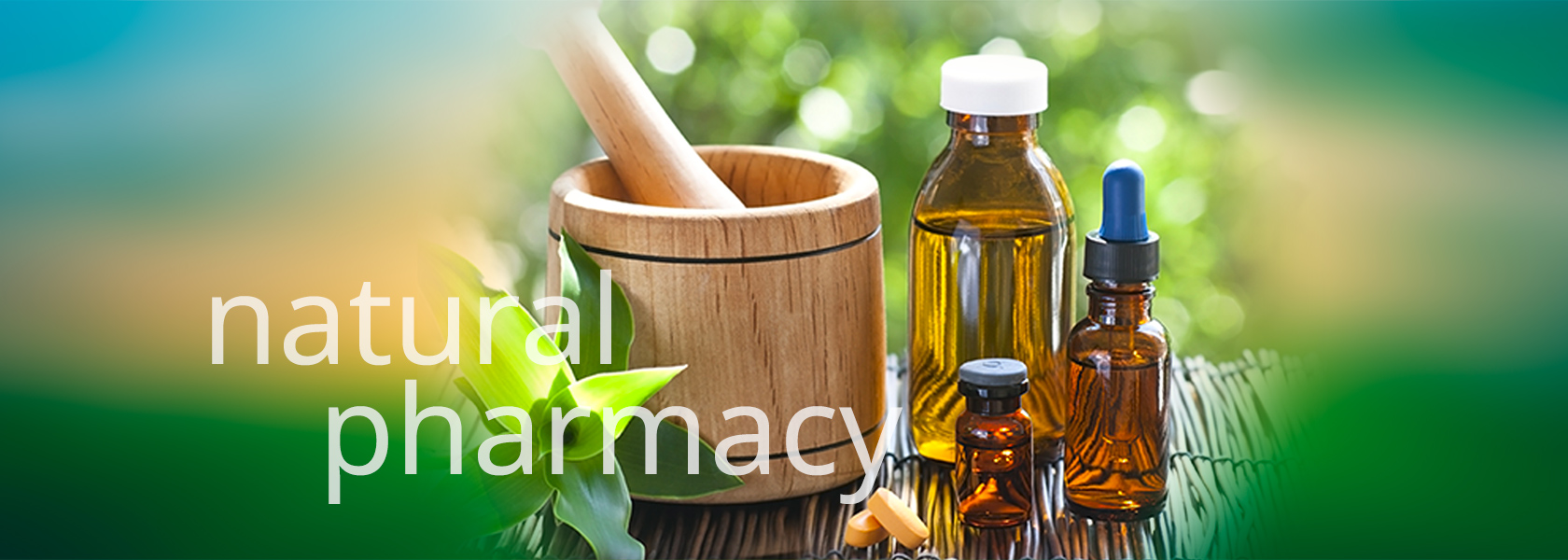The ginger has a very strong, aromatic and spicy flavour. The part of the plant that is mainly used is the root, for its taste and for its beneficial healing properties.
The ginger root’s pulp can be both white, yellow and red, depending on the variety.
The ginger skin is brown and thin if the root has been harvested when young.
If the root is older, the skin is thicker. This amazing plant can be used in many therapeutic fields.
Since a very long time, the researches have shown its useful properties against sickness and vomit.
Historically, they have been attributing digestive properties to this root, also useful in the treatment of gastrointestinal problems. In herbal medicine ginger is considered a good carminative.
According to some studies this root can accelerate the emptying of the stomach in patients with chronic indigestion. In a first experiment the spice brought the stomach emptying time from 16 to 12 minutes.
Many of the beneficial effects of this root are attributable to gingerol. This is the active component that gives it that unmistakable taste and that has powerful anti-inflammatory properties. Thanks to the activity of gingerol, this spice has proved to be very useful in the treatment of arthritis.
The modern scientific research has revealed that the ginger root contains substances with anti-oxidative properties. These are very useful to contrast the activity of free radicals.
The free radicals are the waste of human metabolism. They are responsible of the rise of many kinds of diseases, such as cardiovascular diseases and some kinds of cancer.
The gingerol contained within the root can hinder the growth of tumoral cells in the rectal colon and ovaries areas. The Frontiers in Cancer Prevention Research state this, an important group of experts and researchers of cancer.
Researches show that the anti-cancer properties are due to a compost called 6-gingerol which can be found in great quantities in the raw root.
As we all know, high levels of LDL cholesterol are linked to a higher risk of contracting cardiovascular diseases. A research that lasts 45 days, carried out upon 85 patients with high cholesterol levels, has provided interesting results.
The intake of 3 g of ginger powder per day has caused a significative reduction of cholesterol in most of the markers.
The antibacterial properties present in this spice must be attributed to the gingerol, the bioactive compost present in the fresh ginger root.
According to a research the extract of the ginger root can also block the proliferation of many kinds of bacteria. Studies also suggest that ginger is very much efficient against bacteria linked to gum inflammatory diseases.




